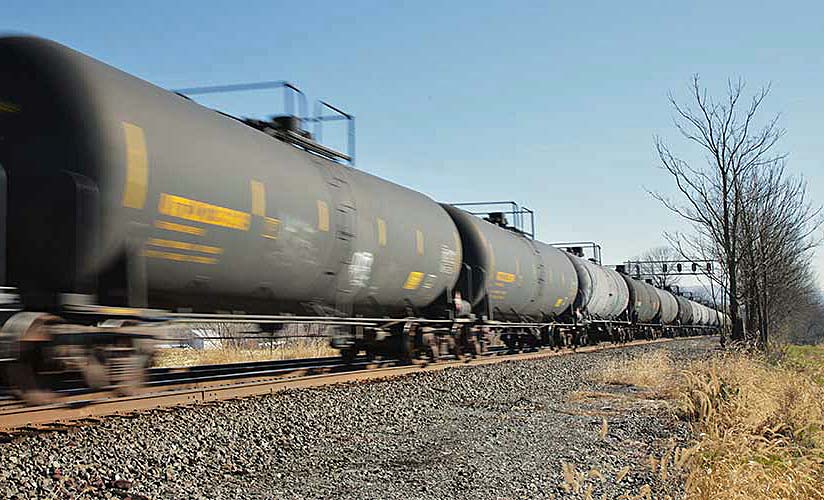
Canada - A Moody's Investors Service analysis of Crude By Rail (CBR) shipments in Canada finds that shipments in 2021 are expected
to remain below the peaks of early 2020.
But "reputational" and social risks associated with accidents far outweigh the financial risk that CBR poses for CN and CP, Moody's officials said in
a press release.
The Canadian Class Is, which together move more than 95 percent of the country's CBR, continue to take steps to improve safety, they said.
Among the report's highlights:
- The decline in crude production in western Canada has led to declining shipments for the Canadian railways. Despite big annual swings in carloads, the
Canadian railroads have relatively low exposure to the CBR segment, as customer supplied rail cars and customer contracts help minimize revenue
losses;
- While CBR accounts for less than 2 percent of Canadian rail carloads, they involve a potential social impact risk disproportionate to the business that
they generate;
- Moody's analysts expect that both CN and CP, as well as the Canadian government, will continue efforts to increase the safety of both rail transport and the transportation of hazardous goods in Canada. The railroads have taken other steps to reduce accidents, including upgrading their networks with annual investments in infrastructure and new safety technologies, while the government has said it will invest $25 million over three years to improve rail safety.
CBR shipments declined in Canada this year in line with the drop in the country's crude production, according to the report.
CBR exports, mostly to the United States, have fallen accordingly.
In the first half of 2020, Canada's crude production declined by 20 percent from its 2019 average of 5.5 million barrels per day.
CN reported a 25 percent decline in carloads from its petroleum and chemicals segment in second-quarter 2020 compared with the same period in 2019, while CP
posted a 28 percent decline in carloads for its energy, chemicals, and plastics segment.
Author unknown.
(because there was no image with original article)
(usually because it's been seen before)
provisions in Section 29 of the Canadian
Copyright Modernization Act.

